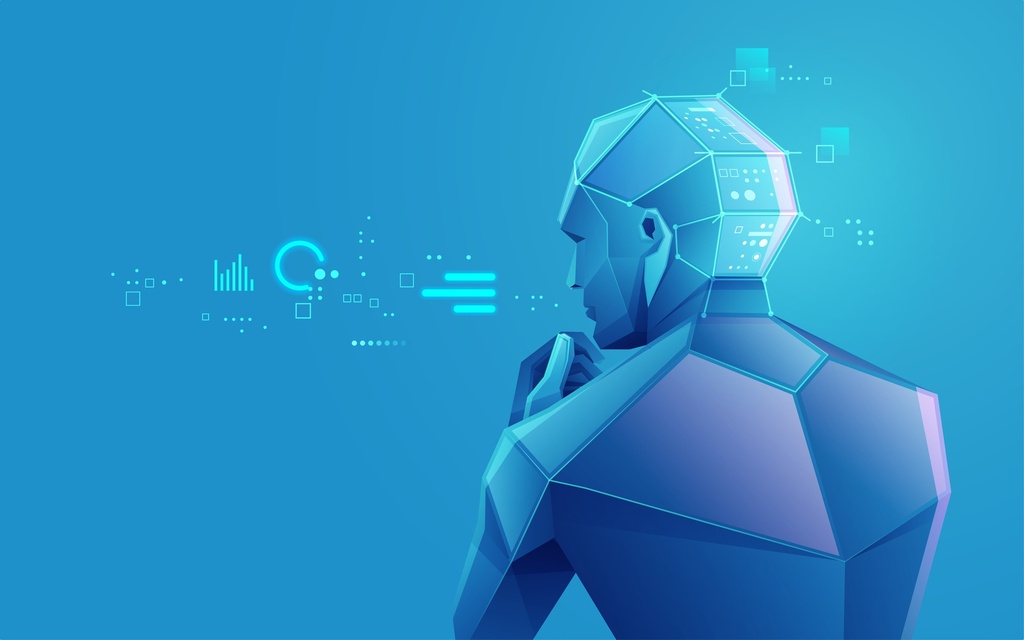qbot RPA
qbot RPA, is software robots to automate repetitive tasks previously carried out by humans. These bots can interact with systems and applications in the same way a human would, to perform tasks such as data extraction, data entry, and process automation. qbot RPA is used to improve efficiency, reduce errors, and free up human workers to focus on more strategic, higher-value activities. It is widely used in various industries including finance, healthcare, manufacturing, and more, to streamline operations and enhance business productivity.
Core Features of RPA
Task Automation
- Scriptless Automation: The ability to create bots without writing code, often using a graphical user interface.
- Macro and Scripting: Using macros and scripts to automate repetitive tasks.
User Interface Interactions
- Screen Scraping: Extracting data from the screen display output.
- Keyboard and Mouse Simulation: Bots can simulate keystrokes and mouse clicks to interact with applications just as a human would.
Integration and Compatibility
- API Integration: Integrating with various applications and systems through APIs to enable seamless data transfer and interaction.
- Integration with Legacy Systems: The ability to integrate with older systems that may not support modern APIs.
Process Design and Development
- Visual Process Designer: Providing a visual interface for designing automation workflows, often using drag-and-drop functionality.
- Recording: Recording user actions to quickly create scripts based on those actions.
Error Handling and Recovery
- Exception Handling: Managing errors gracefully during runtime to ensure processes can continue even when errors occur.
- Alerts and Notifications: Sending alerts or notifications in case of failures or errors.
Security
- Role-Based Access Control (RBAC): Controlling access to different functionalities based on user roles.
- Secure Credential Management: Storing and managing credentials securely.
Deployment and Monitoring
- Centralized Deployment: Deploying and managing bots from a centralized console.
- Real-time Monitoring: Monitoring bot performance in real-time to quickly identify and address issues.
Analytical and Reporting Tools
- Logging and Audit Trails: Keeping detailed logs of bot actions to facilitate auditing and compliance.
- Analytics and Reporting: Providing analytical tools to help monitor and analyze bot performance and business processes.
Collaborative Development
- Version Control: Supporting version control to help manage changes and updates to bot scripts.
- Collaborative Editing: Allowing multiple users to work on bot development collaboratively.
Intelligent Automation
- OCR Technology: Leveraging Optical Character Recognition (OCR) technology to read and extract data from images and scanned documents.
- Basic Decision Making: Enabling bots to make decisions based on predefined rules and criteria.
Editions:
Qbot RPA Pro:
- Integrated with Qbot Flow: Create a harmonious blend of RPA and workflow automation.
- Ideal for businesses seeking to elevate their operational efficiency through automation.
Qbot RPA Enterprise:
- All features of Qbot RPA Pro PLUS:
- Enhanced by Qbot Run for orchestrating multiple RPAs, ensuring optimal task allocation.
- Integration with Qbot Chat for an enriched user interaction experience.
- Tailored for enterprises striving for a comprehensive digital transformation.
- All features of Qbot RPA Pro PLUS:
